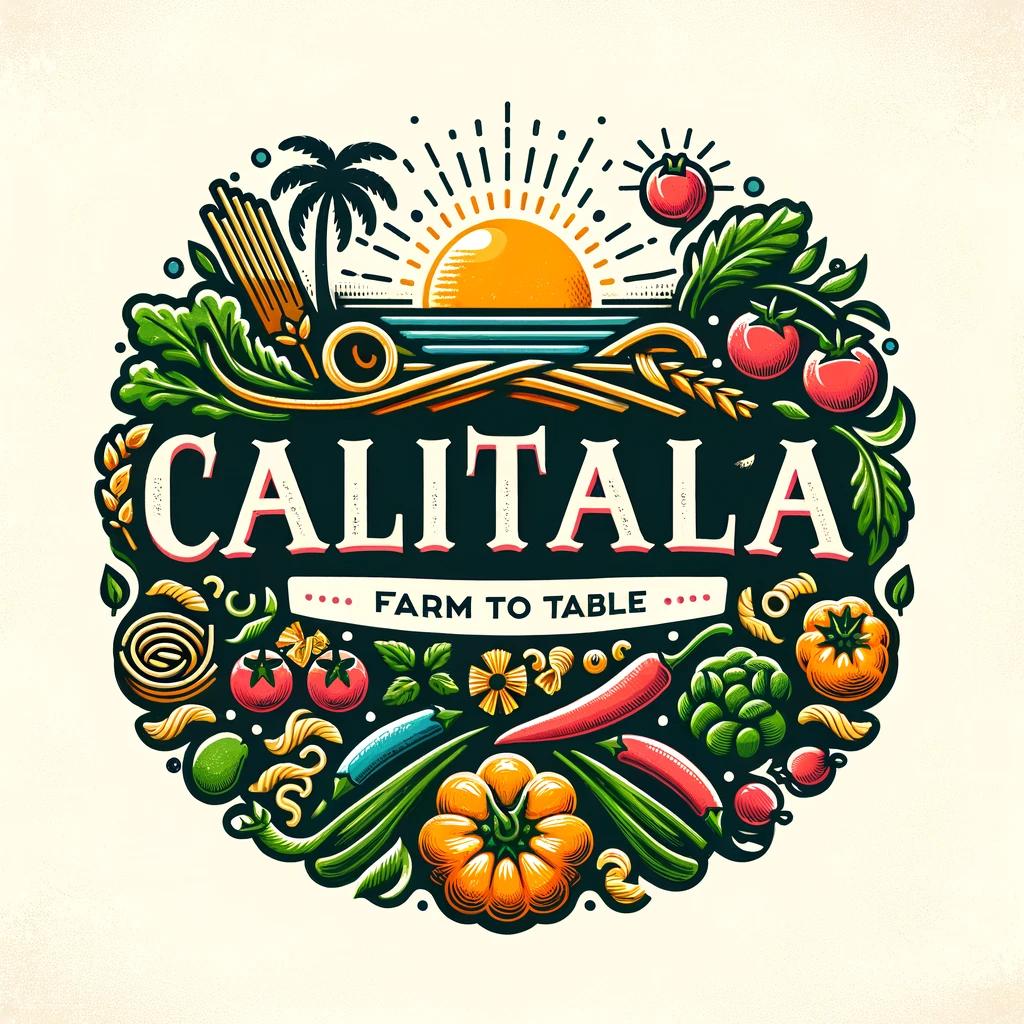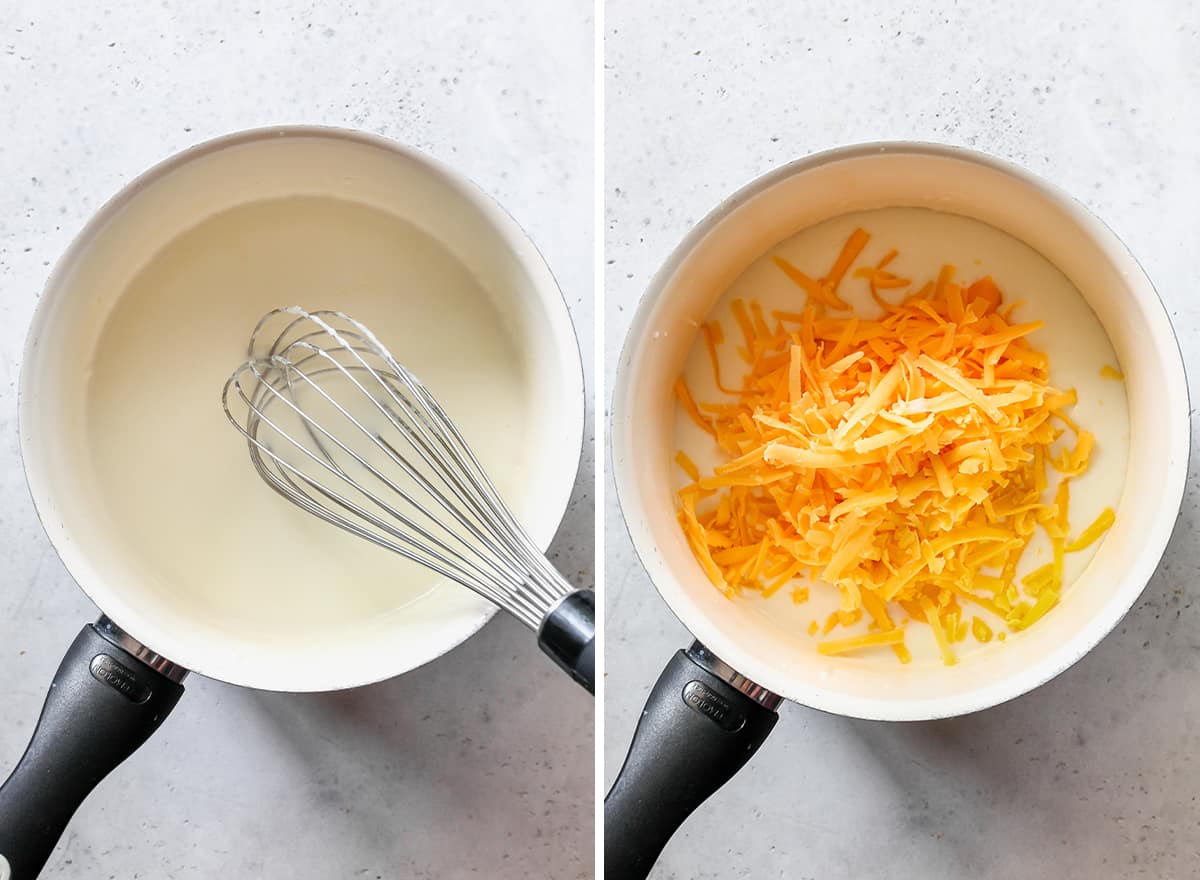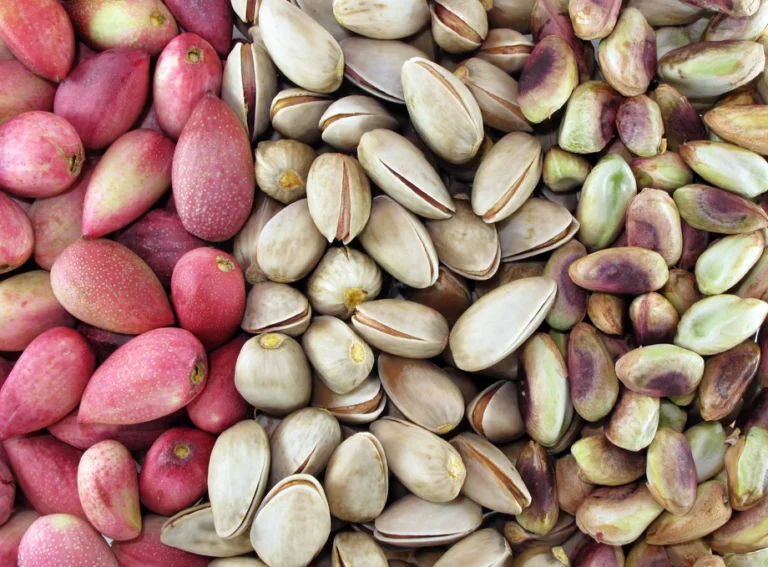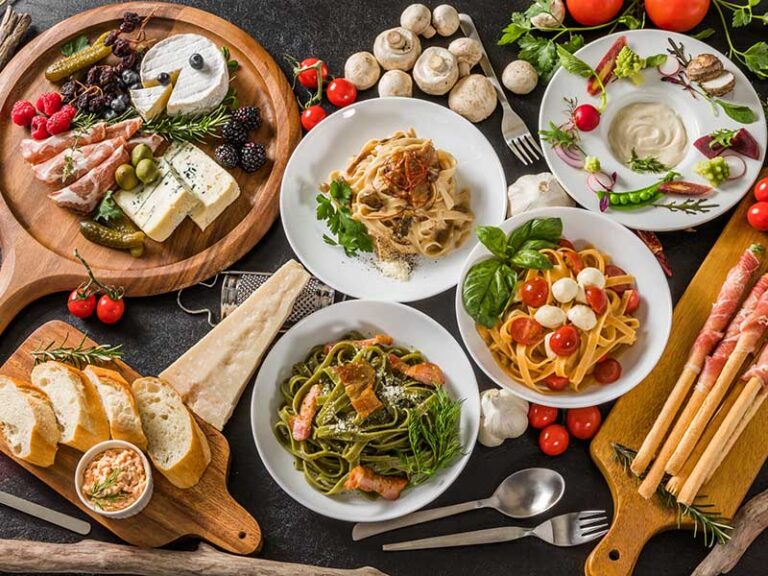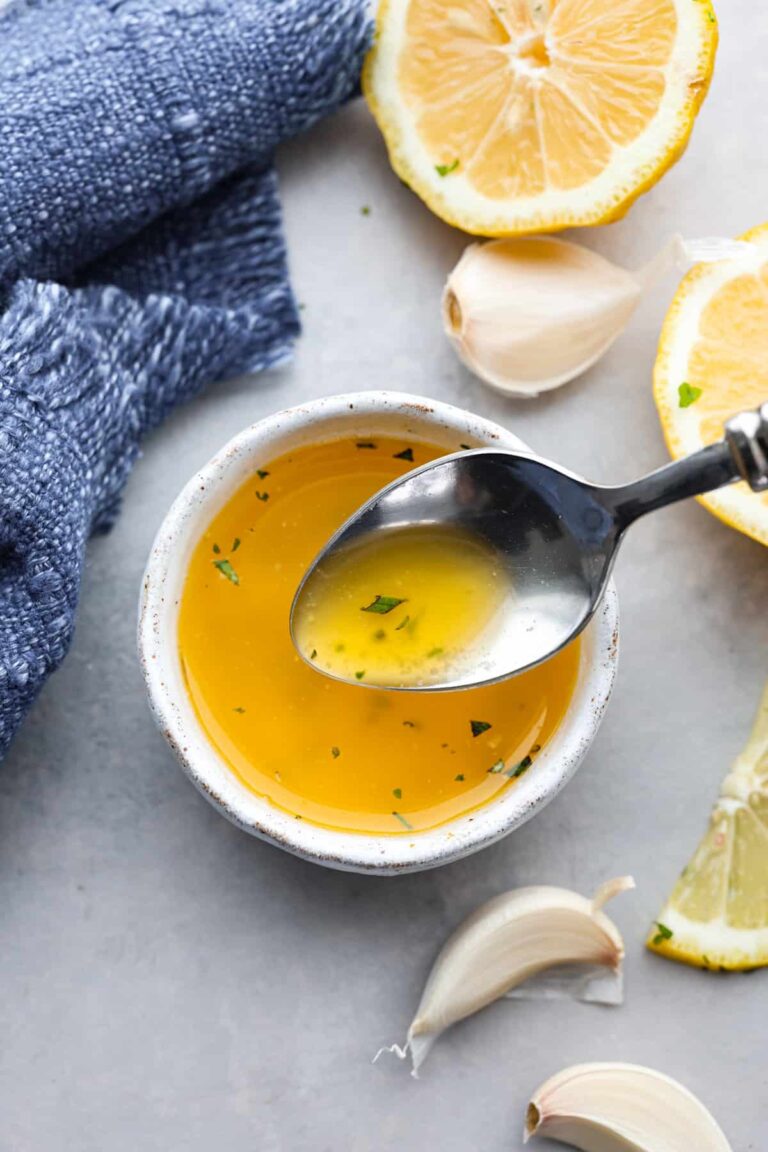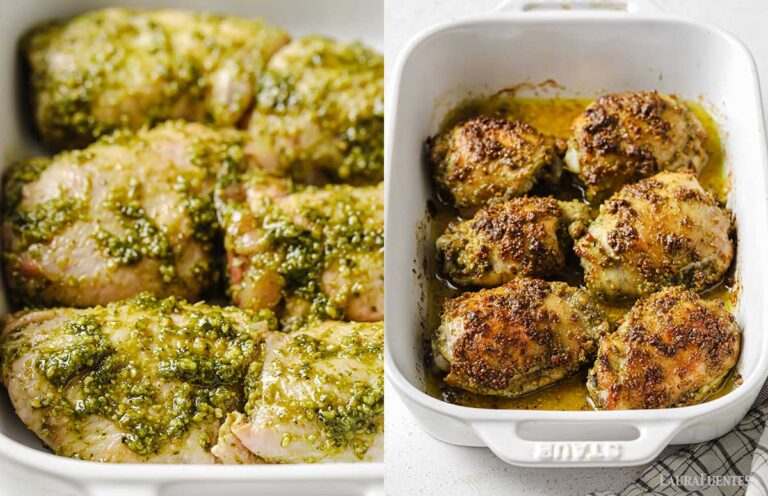Adding cheese to butter sauces is like taking your favorite cozy sweater and adding a little bling—it’s comfort with a touch of luxury. Whether you’re aiming for a rich, creamy Alfredo or a bold, tangy blue cheese sauce, incorporating cheese can elevate a simple butter sauce into something that feels indulgent and satisfying.
Let’s dive into how to pull off this delicious combo, from picking the right cheese to mastering the perfect melt.
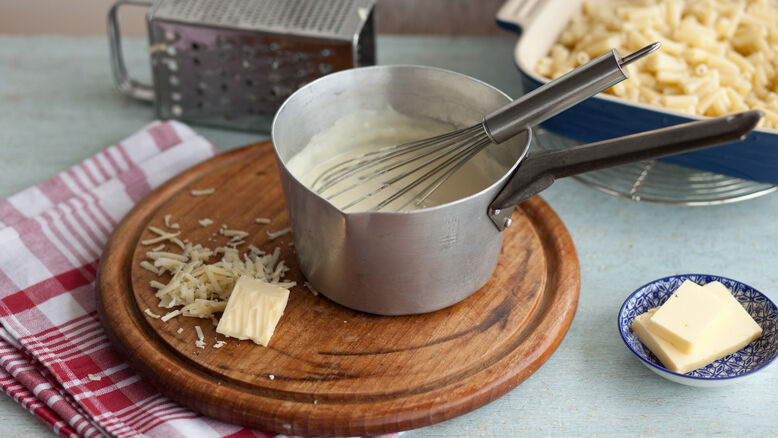
Choosing the right cheese is crucial for achieving a smooth and flavorful butter sauce. The following cheeses are popular choices for their melting properties and flavor profiles:
Parmesan
Parmesan cheese, with its distinct nutty and savory taste, is a favorite addition to butter sauces, especially in Italian cuisine. It’s aged and hard, which means it melts well but needs to be finely grated for the best results. Parmesan works beautifully in Alfredo sauces, where its robust flavor can stand out even when mixed with cream and butter.
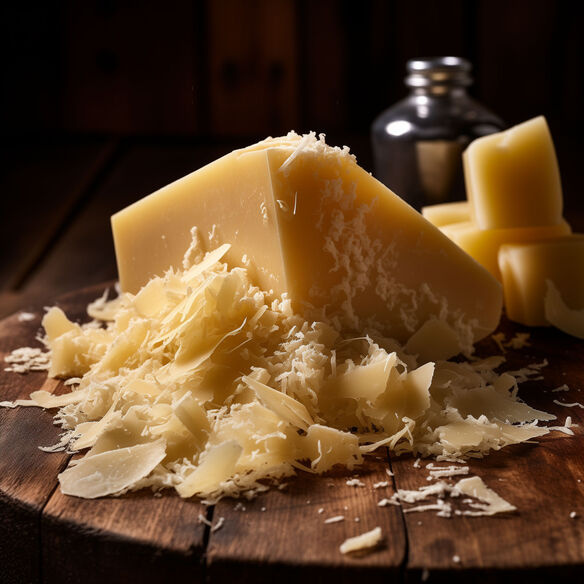
Using Parmesan in Sauces
Parmesan is best added at the end of the cooking process. Grate it finely and sprinkle it into the warm sauce, stirring continuously until it melts completely. This cheese is ideal for creamy pasta sauces, where its intense flavor can complement ingredients like garlic, black pepper, and fresh herbs.
Cheddar
Cheddar cheese is versatile and widely used in various butter sauces due to its rich and sharp flavor. It’s perfect for making classic cheese sauces like those used in mac and cheese. Opt for sharp cheddar for a more pronounced taste, and remember to grate it yourself to avoid the clumping that can come from pre-shredded varieties.
Making a Classic Cheddar Sauce
To make a classic cheddar sauce, start with a roux and gradually add milk to create a béchamel base. Once the base is smooth and thickened, remove it from the heat and slowly incorporate freshly grated cheddar cheese. Stir until the cheese is fully melted and the sauce is creamy. Season with salt, pepper, and a dash of mustard for added depth.
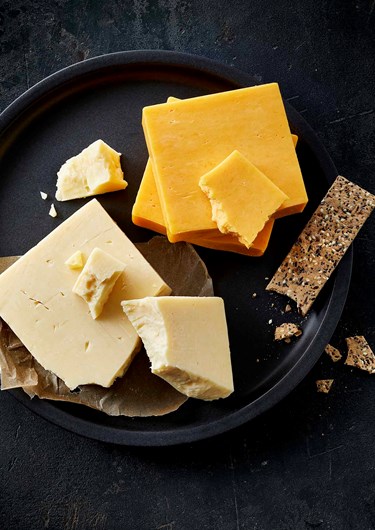
Gruyère
Gruyère is a Swiss cheese known for its creamy texture and slightly sweet, nutty flavor. It melts incredibly well, making it ideal for sauces. Gruyère adds a sophisticated touch to dishes and pairs excellently with other cheeses, enhancing the overall complexity of the sauce.
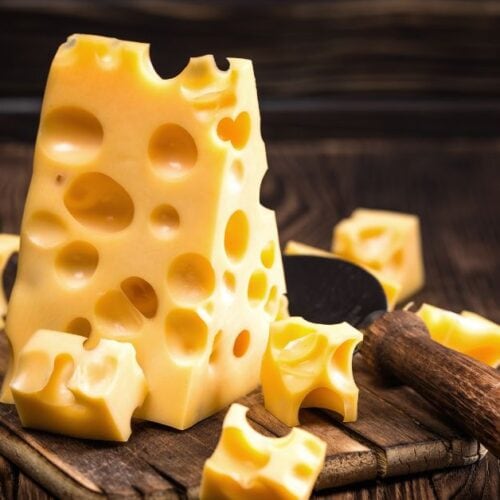
Gruyère in French Cuisine
Gruyère is often used in French dishes like croque monsieur and French onion soup. When making a butter sauce with Gruyère, consider pairing it with white wine and a hint of Dijon mustard to enhance its flavor. This cheese is also fantastic in a Mornay sauce, which is a béchamel sauce with cheese added.
Gouda
Gouda cheese, especially the aged variety, provides a mild, sweet flavor and melts smoothly. It’s an excellent choice for creating a velvety texture in butter sauces. Young Gouda is softer and melts better than aged Gouda, which can become quite firm.
Incorporating Gouda
Gouda works well in sauces that accompany vegetables, chicken, or pork. When incorporating Gouda, make sure to melt it slowly over low heat. This prevents the cheese from becoming grainy and ensures a smooth, creamy sauce. Adding a bit of heavy cream can also help achieve the perfect consistency.
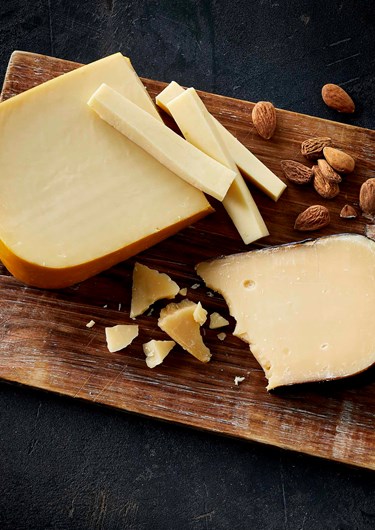
Fontina
Fontina cheese offers a smooth, creamy texture and a slightly nutty taste. It’s a semi-soft cheese that melts perfectly, making it a great addition to butter sauces. Fontina’s mild flavor allows it to blend well with other ingredients, creating a harmonious sauce.
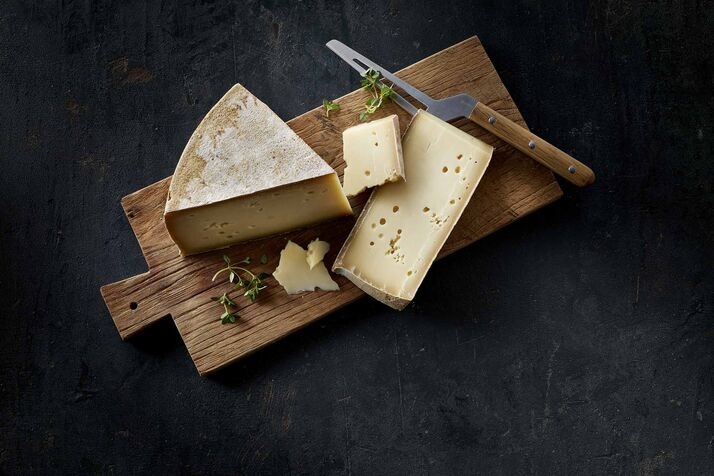
Fontina for Elegant Sauces
Fontina is ideal for gourmet butter sauces served over pasta or vegetables. It pairs wonderfully with mushrooms, truffles, and garlic. To make a luxurious Fontina sauce, melt the cheese slowly in a butter and cream mixture, and season with white pepper and a touch of nutmeg.
When selecting cheese, opt for freshly grated varieties over pre-shredded ones to avoid added starches that can cause clumping.
How to Incorporate Cheese
Incorporating cheese into butter sauces requires careful technique to ensure a smooth consistency. Here’s a step-by-step guide to doing it right:
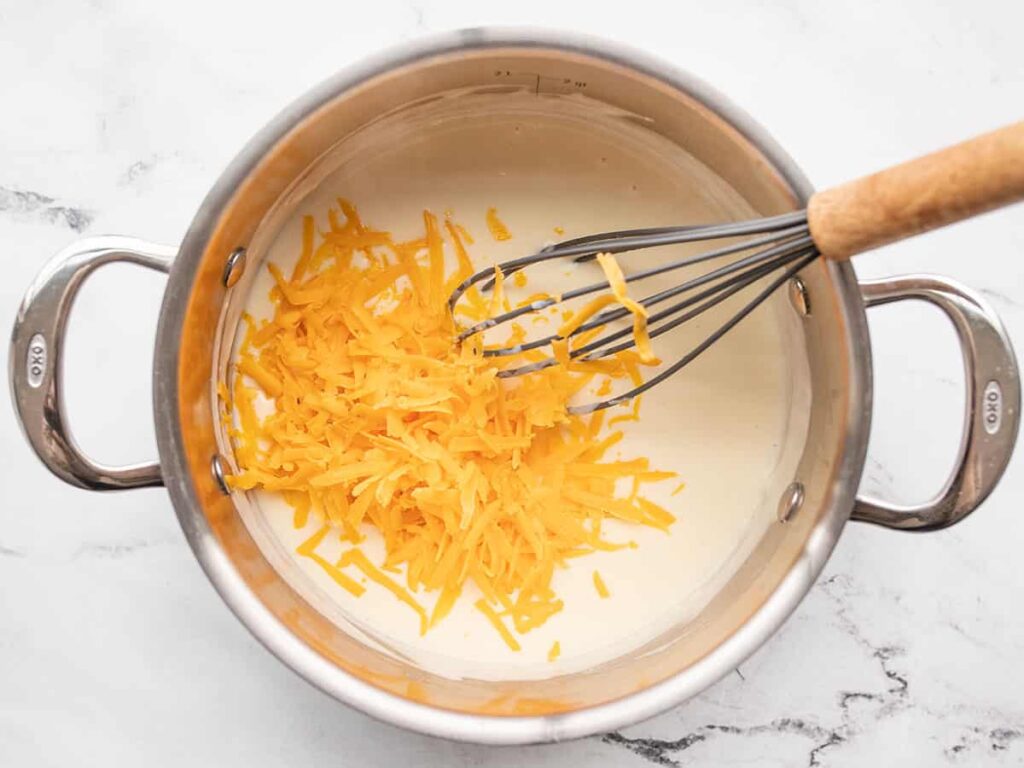
Start with a Roux
Begin with a roux made from equal parts butter and flour. Cook the mixture over medium heat until it reaches a light golden color. This forms the base of your sauce and helps thicken it.
Add Liquid Gradually
Slowly whisk in milk or cream, allowing the mixture to thicken. Adding the liquid gradually helps prevent lumps and creates a smooth base for your sauce.
Cheese Addition
Remove the sauce from heat before adding cheese. Add cheese in small handfuls, stirring until each portion melts completely before adding more. This method ensures the cheese incorporates smoothly into the sauce.
Low Heat
Return the sauce to low heat if necessary, but avoid boiling to prevent separation. Keeping the temperature low helps maintain a smooth, creamy consistency.
Consistency and Texture Tips
To achieve the perfect consistency, consider the following tips:
- Avoid Overheating: High temperatures can cause cheese to break down and become grainy.
- Use a Whisk: A whisk helps distribute the cheese evenly throughout the sauce.
- Combine Cheeses: Mixing different types of cheese can improve the sauce’s texture and flavor.
Preventing Clumping
Clumping can be a common issue when adding cheese to butter sauces. Here are some tips to avoid it:
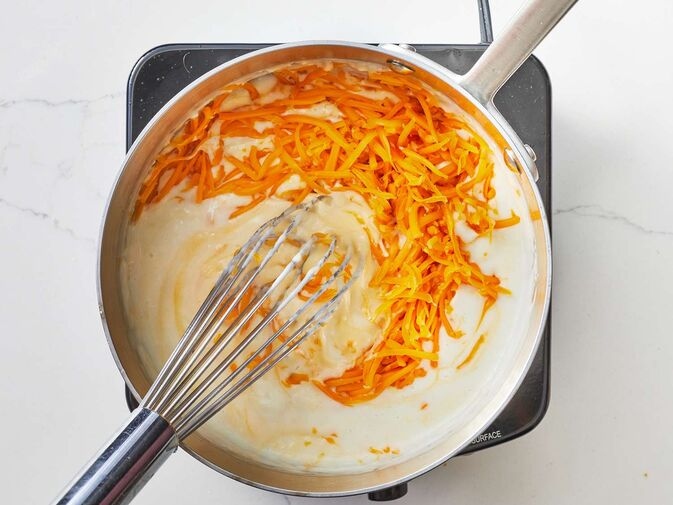
- Low Heat Always melt cheese over low heat to prevent it from seizing. High heat can cause the cheese to separate and form clumps.
- Gradual Addition Add cheese gradually and stir continuously. Adding all the cheese at once can overwhelm the sauce, leading to clumping.
- Fresh Cheese Use freshly grated cheese to avoid anti-caking agents that can cause clumping. Pre-shredded cheese often contains additives that prevent it from melting smoothly.
- Temperature Matching Ensure the sauce is warm enough to melt the cheese but not hot enough to boil. Matching the temperature of the cheese and the sauce helps in achieving a smooth blend.
Additional Tips for Smooth Sauces
- Whisk Continuously: Keep whisking as you add the cheese to incorporate it smoothly.
- Use Cream: Adding a bit of heavy cream can help prevent clumping and create a silky texture.
- Strain if Necessary: If clumps form, strain the sauce through a fine mesh sieve to remove any lumps.
Enhancing Flavor with Cheese
Cheese not only adds creaminess to butter sauces but also enhances their flavor. Consider these tips to boost your sauce’s taste:
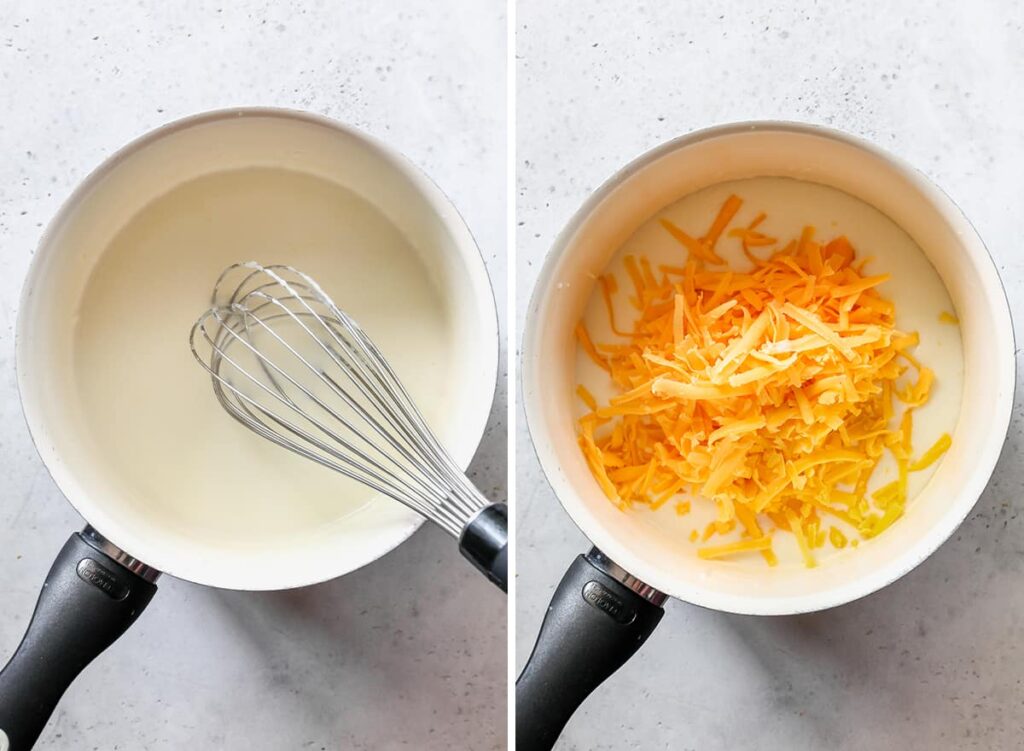
- Seasoning Add spices like garlic powder, onion powder, or white pepper to complement the cheese. These seasonings can enhance the flavor profile without overpowering the cheese.
- Acid Balance A splash of white wine or lemon juice can balance the richness of the cheese. The acidity cuts through the fat, creating a well-rounded flavor.
- Herbs Fresh herbs like thyme, basil, or parsley can add a fresh note. Incorporating herbs towards the end of cooking preserves their bright flavors.
- Mix Cheeses Combining different types of cheese can create a more complex flavor profile. For example, mixing sharp cheddar with a milder cheese like mozzarella can balance the sauce.
Flavor Additions
- Mustard: A teaspoon of Dijon or whole grain mustard can add a tangy depth.
- Hot Sauce: A few drops of hot sauce can enhance the overall flavor without making the sauce overly spicy.
- Garlic and Shallots: Sautéed garlic or shallots add a sweet and savory element to the sauce.
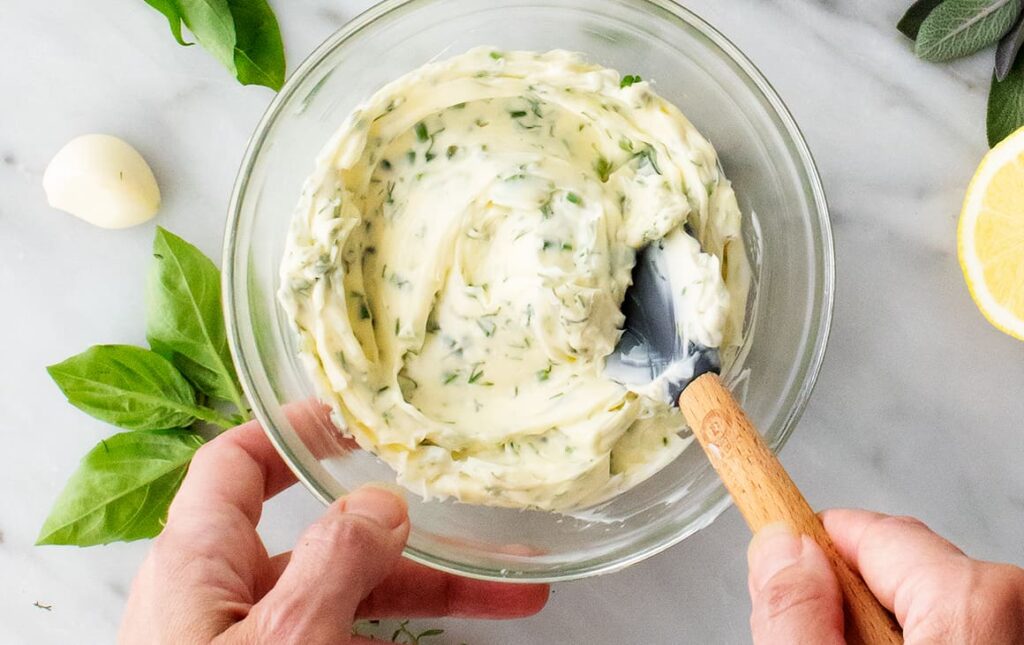
FAQ
Adding cheese to butter sauces can transform a simple dish into a gourmet experience. By choosing the right cheeses, incorporating them correctly, and preventing common issues like clumping, you can create smooth, flavorful sauces that enhance any meal.
Disclosure: Our blog contains affiliate links to products. We may receive a commission for purchases made through these links. However, this does not impact our reviews and comparisons. We try our best to keep things fair and balanced, in order to help you make the best choice for you.
